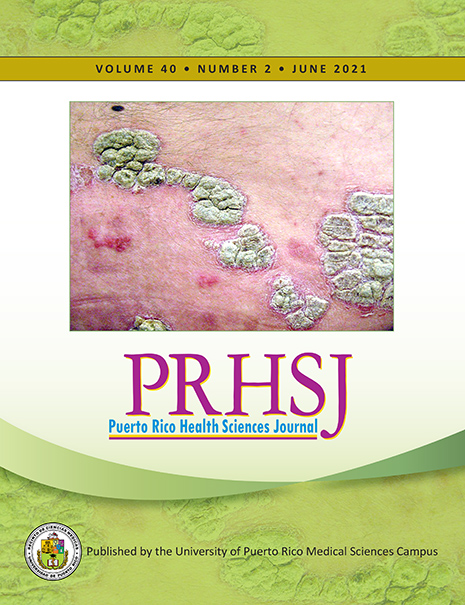Resumen
The surgeon’s position in relation to the patient has been modified throughout the years for transsphenoidal surgery (TSS). Nowadays, if a microscopic approach is used, most centers place the surgeon at the side of the patient’s head with the patient facing him. In this paper, we propose a more ergonomic and time-proven setup for this type of surgery. Since the early 1980s, our neurosurgical section has been using an approach where the surgeon stands behind the patient’s head with the microscope tower on the surgeon’s back. This position is rarely mentioned in the literature. We want to refresh this position for those who still use the microscope and those young neurosurgeons and residents who do most of their work endoscopically. We consider that when the surgeon is standing behind the patient’s head, it is more comfortable for the surgeon. Also, it allows for the assistant to be close enough to help during the surgery. This technical note may bring new ideas for those using the microscopic TSS.
Authors who publish with this journal agree to the following terms:
a. Authors retain copyright and grant the journal right of first publication with the work simultaneously licensed under a Creative Commons Attribution License that allows others to share the work with an acknowledgement of the work's authorship and initial publication in this journal.
b. Authors are able to enter into separate, additional contractual arrangements for the non-exclusive distribution of the journal's published version of the work (e.g., post it to an institutional repository or publish it in a book), with an acknowledgement of its initial publication in this journal.
c. Authors are permitted and encouraged to post their work online (e.g., in institutional repositories or on their website) prior to and during the submission process, as it can lead to productive exchanges, as well as earlier and greater citation of published work (See The Effect of Open Access).
